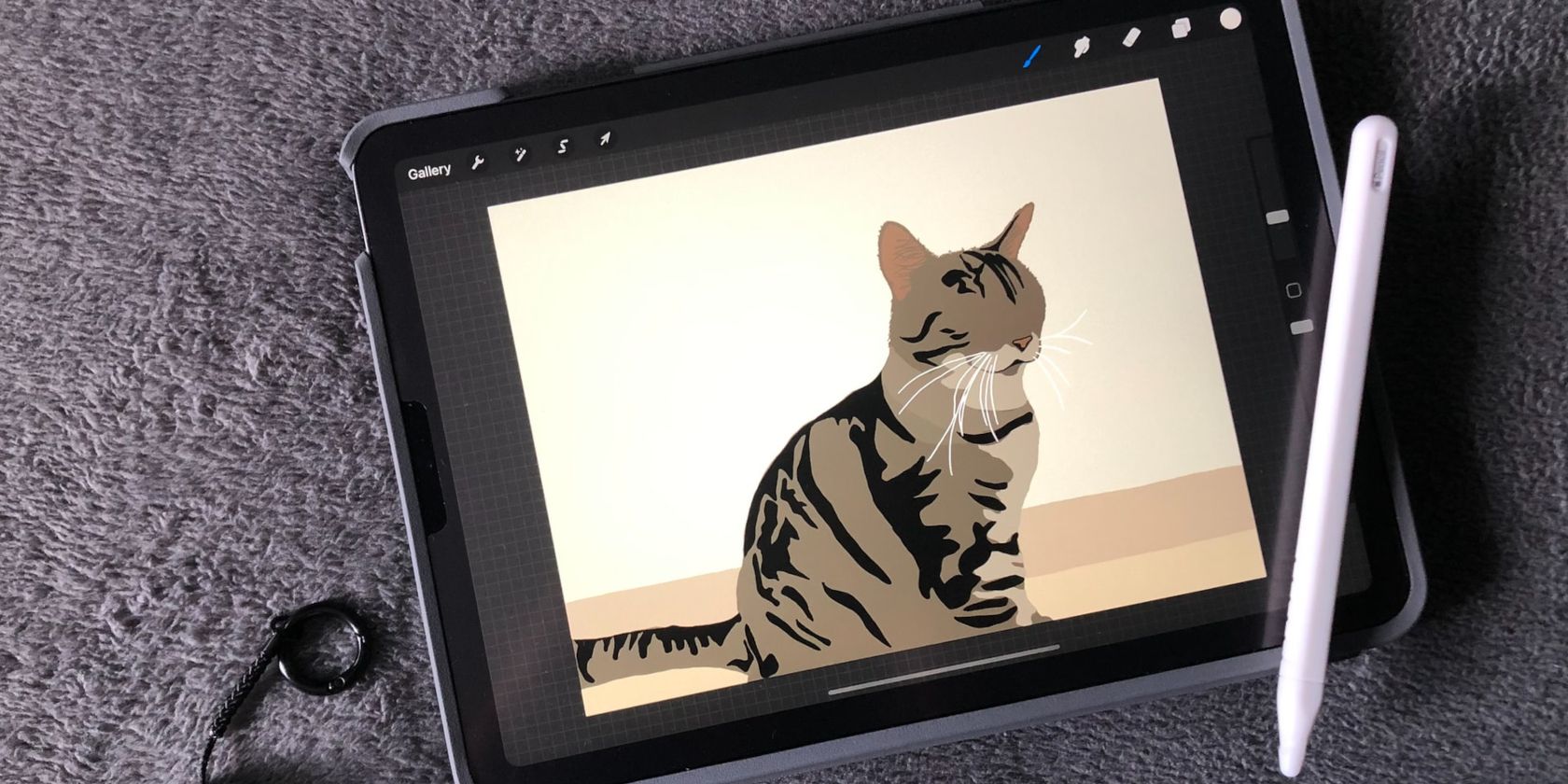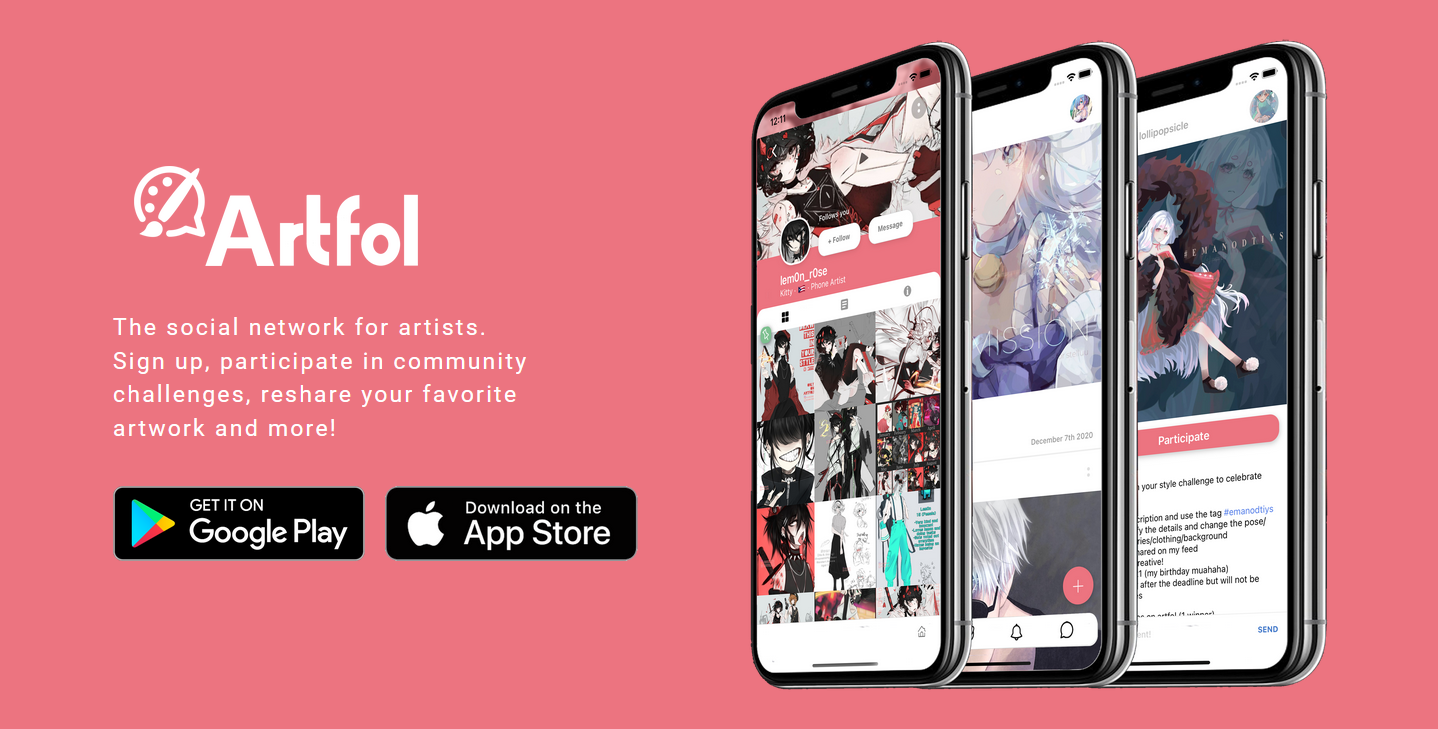There’s always a need for art, even in the digital world. When it comes to enriching projects with visuals, sometimes stock or vector images just don’t cut it. Digital illustrators offer a fresh perspective; a way to make anything pop.
But it’s difficult to thrive in this industry with such demand and strong competition. It takes skill, dedication, and knowledge of online resources. Here, we give you some of the best tips on how to become a successful digital illustrator.
Why Is Digital Illustration So Popular?
While typical graphic design using readymade images is still popular, digital illustration is a wonderful way to give a project character and make it stand out. These are major commodities in modern industries, so talented artists tend to find plenty of customers and make a decent income.
It does take time and work to establish yourself, however, not to mention having a desirable style of illustration. Among the creative trends currently taking off are surrealism and vintage vaporware; their popularity is a result of people’s need to escape reality or see it in a different light.
A successful digital illustrator can create eye-catching artwork that stimulates audiences into paying attention to a particular project, product, or anything else. The only catch is that you can’t demonstrate your skills if people don’t know about you.
Let’s break down how you can develop a professional public image that will attract employers and customers.
1. Create a Portfolio
Whether you’re just starting out as a digital illustrator or have an array of works in your back pocket, you need to be able to display your art and achievements.
Make sure the illustrations you choose for your portfolio are your best. If necessary, don’t be afraid to spruce them up on your graphic design software. If you want your portfolio in printed form, look into programs like Adobe InDesign.
To display your portfolio online, find a platform that suits your needs and especially your budget. For example, you don’t have to pay anything to create a portfolio website with Wix. There are several free options around, as well as affordable paid ones.
Compile your illustrations in a neat but striking way. Whether it’s in print or online, keep your portfolio at hand to share with all interested parties.
2. Promote Yourself on Social Media
Creating an attractive public image comes down to smart marketing and promoting yourself as a professional digital illustrator. You need to embody this role as you put yourself out there and interact with people.
Firstly, choose the right social platforms. You must be able to post images, at the very least, if not your whole portfolio. So, apart from Instagram and Pinterest, we recommend learning how to get started on Artfol and other online communities for artists.
Be careful with what you say and post. For example, you might want to appear a friendly but not overly casual advocate of the arts. You should also showcase your abilities, from drawing styles to IT skills.
Ideally, when employers or other artists find you online, your current worth and potential as a digital illustrator must be plain to see.
3. Choose Your Projects Carefully
At the start of your career, you need to get as much experience as possible. This means that almost any project will be worth taking on, as long as you end up with a bulky portfolio and work history.
After a certain point, however, be more selective about the jobs you take on, as well as the digital illustration path you go down.
Fortunately, a good digital illustrator is of use to several industries, such as publishing, marketing, and any form of entertainment. You could design comic book covers or draw a company’s promotional campaign.
What you do with your talents will define you as a professional and attract clients with similar projects. Your success as a digital illustrator will depend on how lucrative your niche is and how it complements your public image.
4. Make Meaningful Connections
Since the unlikeliest friend could lead to great opportunities, it’s important to build a robust social network with links to different industries.
Digital illustration by its very nature branches into many sectors, so it should be simple enough to reach a wide audience with your artwork; from fans of pretty pictures to art galleries and tech companies.
For the best results, develop meaningful relationships with casual and professional connections alike. You want a social circle that gets you direct access to jobs and business partners, as well as a fanbase to push your art into the public eye, if not help it go viral.
Ultimately, networking is where all the abovementioned work can really pay off. Put your portfolio, artistic direction, marketing strategy, and overall charisma to good use, because this is a stage that can open doors to amazing opportunities.
5. Look Out for Jobs With Big Brands
Catching the eye of a big name in any industry takes a great deal of effort and luck, but it's also a testament to your worth. If you make sure they can find you easily and that your public image is set to impress, your chances of success will be higher.
Use your social media platforms to follow top companies that might be interested in digital illustrators. When sharing your artwork, see if you can get their attention by mentioning them. Don’t overlook their connections either, and subscribe to promising newsletters as well.
Basically, put yourself in a position that lets you spot opportunities the moment they appear. It could be cool competitions for digital artists or full-on employment at prestigious companies.
To give you an idea of what you could find, Google recruits illustrators for the doodles that decorate its search engine. Build a good enough name for yourself, impress the right people, and you could land a dream job like this.
Prepare for Success
Experienced digital artists can take their careers to the next level with these tips, but they'll also be helpful to new illustrators who don’t quite know how to turn their drawing hobby into a strong career.
Keep in mind that networking and marketing can only take you so far. Skill is the key ingredient in a digital illustrator’s path to success. At the very least, you need to know your stuff and deliver quality art in a timely fashion.




